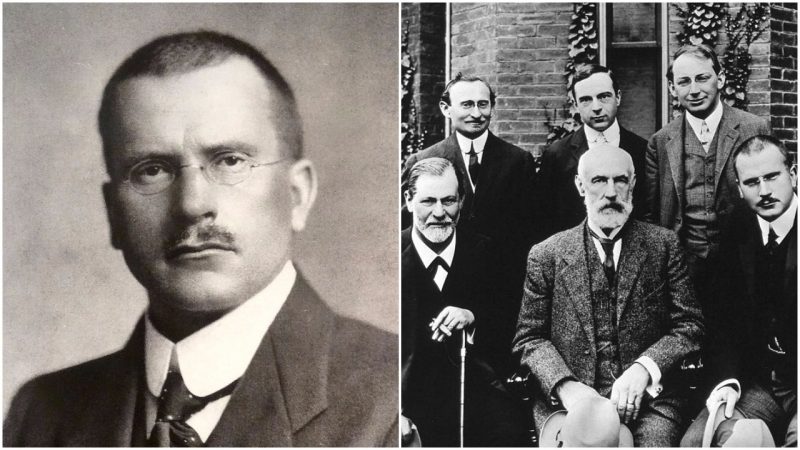Carl Gustav Jung was a prominent Swiss psychiatrist who is praised as the founder of analytical psychology.
Jung was initially a protégé of Sigmund Freud, the founder of psychoanalysis, but the two parted ways when Jung chose to pursue his own version of the psychoanalytical theory.
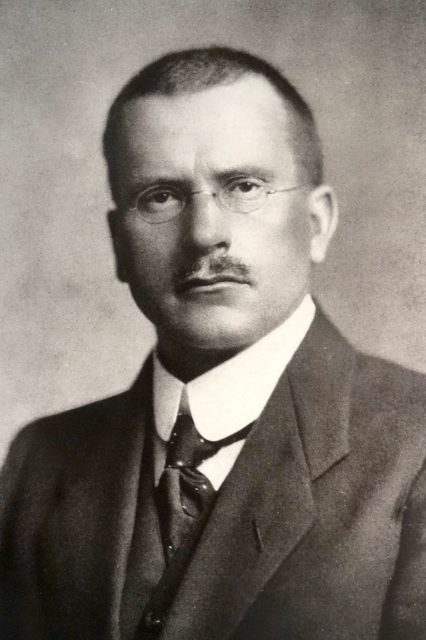
One of the main reasons for their separation was that Freud believed the unconscious was a dark, repressed, and sexually deviant part of the psyche which harbored mainly negative aspects of a person’s character. Jung, on the other hand, argued that the unconscious consisted of many aspects, some of which were positive and beneficial for the person’s spiritual, mental and emotional development.
Throughout the 20th century, Jung’s analytical psychology was far less popular than Freud’s psychoanalysis, which gained many followers and spawned many elaborate theories. However, Jung’s methods witnessed a massive revival in the 1970s when the “new agers” discovered that many of his writings were influenced by various Eastern religious and philosophical concepts.
One of Jung’s primary techniques of therapy was called “active imagination,” a technique which he proposed for treating schizophrenia and various other forms of psychoses. The method urges patients to explore their psychotic hallucinations to find answers to their deepest psychological problems.
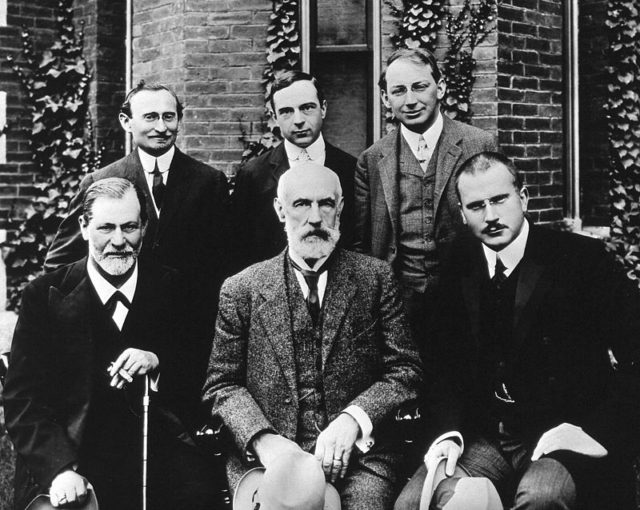
Jung himself studied the technique extensively. In 1913, aged 38, Jung suffered a severe psychotic breakdown, during which he experienced elaborate visual and auditory hallucinations. Since he dedicated his life to the exploration of the human psyche, he considered his psychotic fits as valuable material for his research.
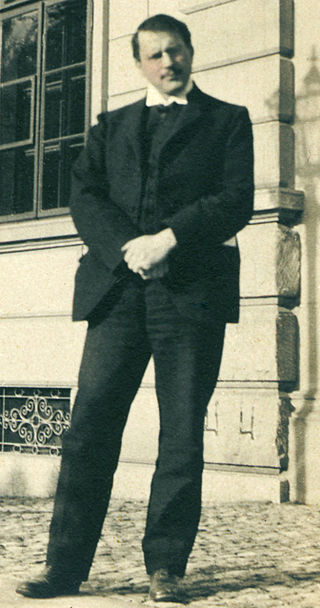
He started writing about his psychotic, spiritual and paranormal experiences into a large leather-bound book. He also infused the book with his elaborate and intricately detailed drawings of mandalas, visions and higher planes of existence.
He named the book “The Red Book: Liber Novus,” and finished it 1930. Many of his contemporaries were aware of the existence of the book, but he refused to publish it during his lifetime. After he died in 1961, the book was considered his magnum opus and treated as the bible of analytical psychology, yet only a few people were allowed to scroll through its pages.
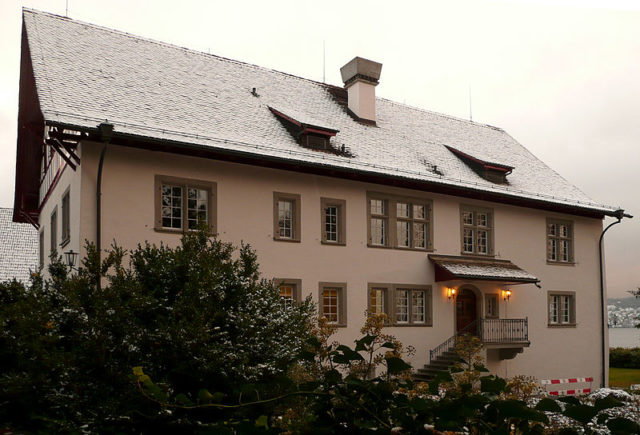
However, in the early 2000’s, a British historian of psychology named Sonu Shamdasani persuaded Jung’s heirs to publish the book. To the amazement of Jung’s fans worldwide, the handwritten book was carefully scanned and published in 2008 in its original form along with a commentary written by Sonu Shamdasani.
The book has since developed a cult following, and it is praised as a transcendental work of art that explores the deepest unknown depths of the human psyche.
